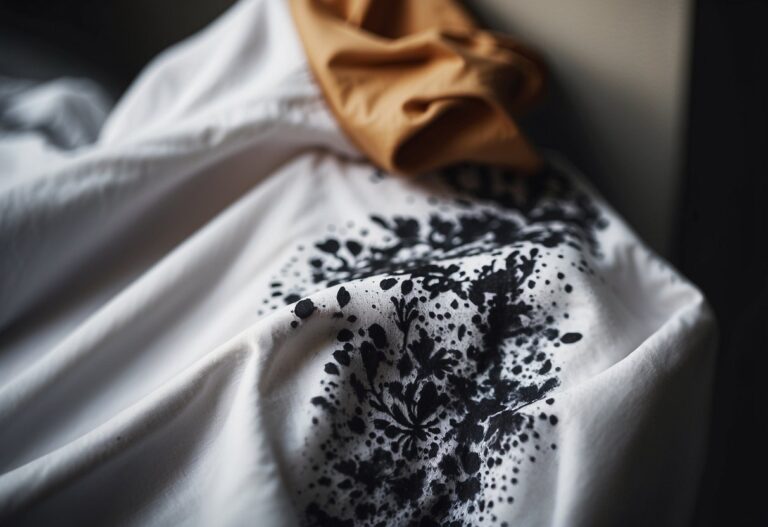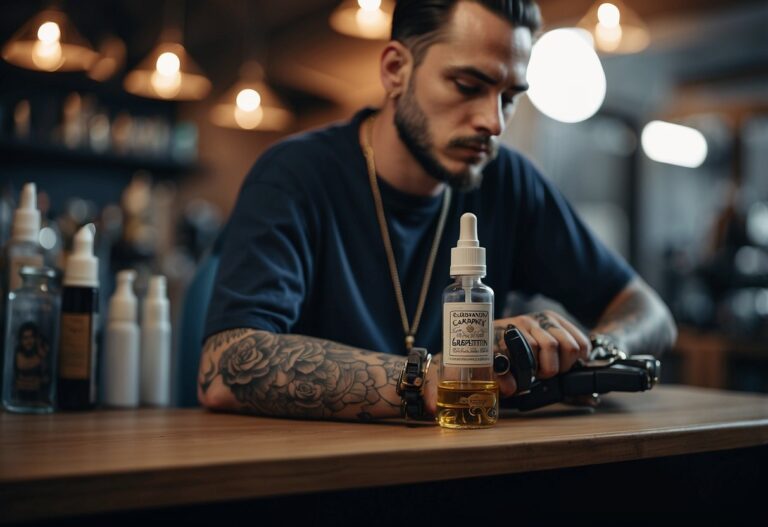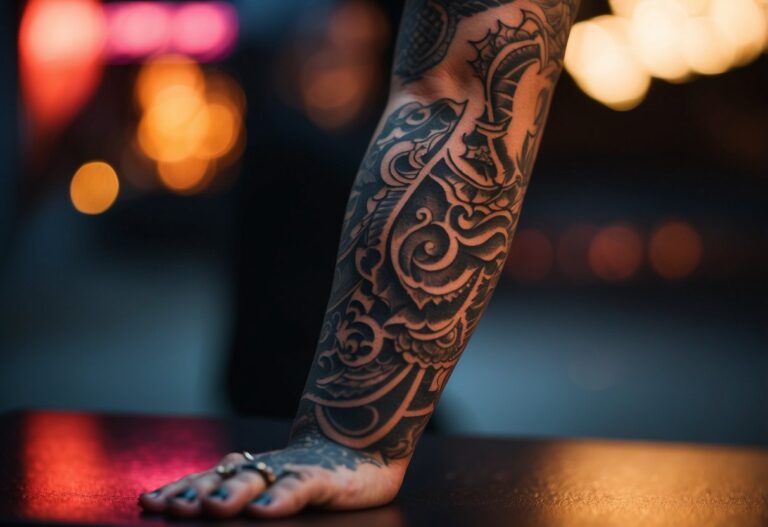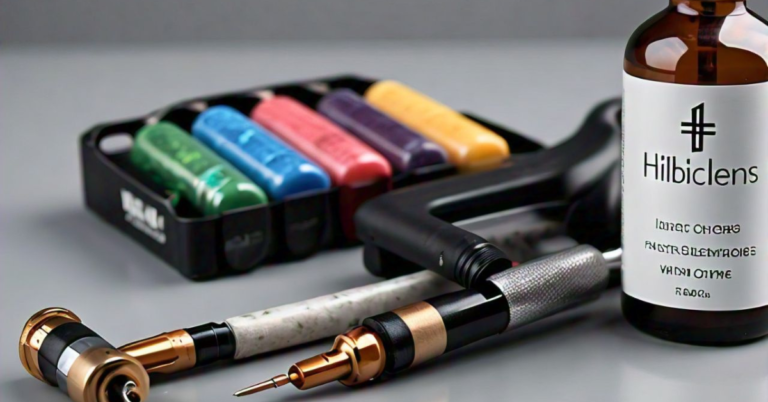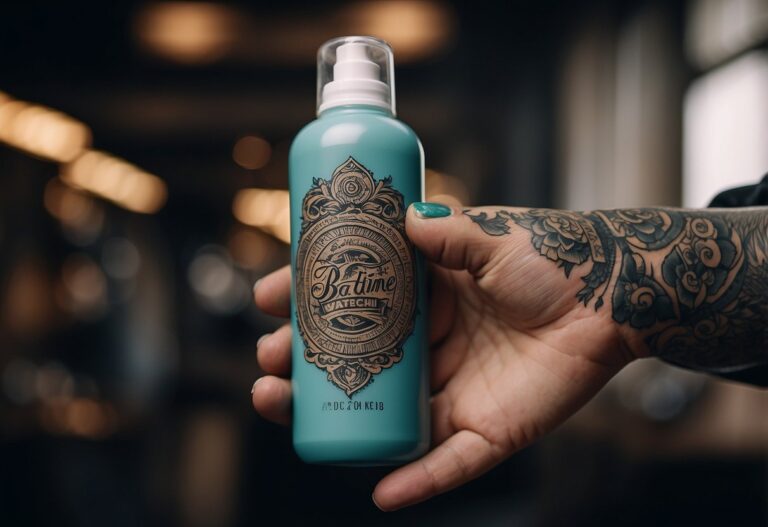Can I Get a Tattoo While on Blood Thinners? Tips and Advice
Thinking about getting a tattoo but worried about being on blood thinners? It’s a common concern. Blood thinners, or anticoagulants, can interfere with the tattoo process because they affect how your blood clots. If you’re on blood thinners, you can still get a tattoo, but it comes with extra risks and precautions.
You’ll be at a higher risk of heavy bleeding and bruising during the tattoo process. This can make the experience more painful and complicate the work for your tattoo artist. Also, there’s a greater chance of infection as your blood won’t clot as quickly to form a protective barrier.
Consulting with both your doctor and tattoo artist is crucial. They can provide specific advice based on your health condition and medication. Remember, it’s essential to be informed and prepared to ensure a safe and successful tattoo experience.
Key Takeaways
- Getting a tattoo on blood thinners is possible but risky.
- Heavy bleeding and infection are major concerns.
- Consult your doctor and tattoo artist for personalized advice.
Understanding Blood Thinners and Tattoo Risk Factors
If you’re on blood thinners, getting a tattoo involves some extra risks. Let’s take a closer look at these risks and what you need to consider.
How Blood Thinners Impact the Tattoo Process
Blood thinners, also known as anticoagulants, prevent your blood from clotting. When you get a tattoo, the needle creates tiny holes in your skin. Normally, small blood clots form at these points to stop the bleeding.
With blood thinners in your system, excessive bleeding can happen. This isn’t just messy; it can make it hard for the tattoo artist to work properly. Increased bleeding can also dilute the ink, affecting the final appearance of your tattoo. Overall, this can turn a simple tattoo session into a much lengthier process with more pain.
Interactions with Tattoo Ink and Medication
Tattoo ink itself can cause allergic reactions. Red ink is especially known for this. When you’re on blood thinners, your immune system might react differently to the ink. This can cause complications like prolonged swelling, itching, or infection.
There’s also the risk of interactions between the blood thinners and the ink or the tools used. Introducing foreign materials into tattooed skin may affect your body’s response to both the ink and the medication. You could experience heavier bruising, making healing slower and more complicated.
Precautions for Tattooing on Blood Thinners
Before getting a tattoo, talk to your doctor. They might suggest pausing your anticoagulants if it’s safe to do so. Your doctor knows your medical history and can advise you on the best course of action.
Choose a reputable tattoo artist. Cleanliness and safety standards are crucial. An experienced artist will know how to manage higher bleeding and keep the area clean to avoid infection.
Keep in mind that healing might take longer. Be prepared for extra aftercare. Follow all instructions from your tattoo artist carefully and keep an eye on the tattooed area for any signs of complications like infections or severe bruising.
Optimizing Safety and Care Pre and Post Tattoo
When considering a tattoo on blood thinners, careful planning is critical. This includes consulting healthcare professionals, practicing good aftercare, and knowing the signs of infection.
Consulting with Healthcare Professionals
Before you get inked, talk to your doctor or healthcare provider. They understand your medical history and can give you advice tailored to your situation. Blood thinners make you bleed more easily, which can complicate the tattooing process.
Ask your doctor if it’s safe to adjust your medication schedule. Never stop or change your medication without medical advice. Discuss potential side effects and risks, such as excessive bleeding, slower healing, and allergic reactions.
Consider asking for any special instructions before and after getting the tattoo. A direct conversation with your healthcare professional ensures you are informed and prepared.
Best Practices in Tattoo Aftercare
Once you get your tattoo, follow these aftercare steps to promote healing and reduce the risk of infection. First, keep the tattoo covered with a clean bandage for a few hours. Do not touch the tattoo with dirty hands.
Wash the tattoo gently with mild soap and water, and pat it dry with a clean towel. Avoid scrubbing, which can irritate the skin. Apply a thin layer of fragrance-free moisturizer to keep the skin hydrated.
Avoid soaking the tattoo in water, such as in baths or pools. Keep it dry and clean. Do not expose the tattoo to direct sunlight during the healing process. Wear loose clothing to avoid irritating the tattoo.
Signs of Infection and When to Seek Medical Advice
It’s important to recognize signs of infection. Look for redness, swelling, excessive pain, or a foul odor. If you see these symptoms, consult a doctor immediately. Your tattoo should gradually improve, not get worse.
Watch out for fever, as this could indicate a serious infection. If your tattoo becomes hard or warm to the touch, that’s another sign that something may be wrong. Don’t hesitate to seek professional medical advice.
Infections can cause serious health issues if untreated. Swift action helps prevent complications. Remember to monitor your tattoo closely and follow any aftercare instructions provided by your healthcare professional.


